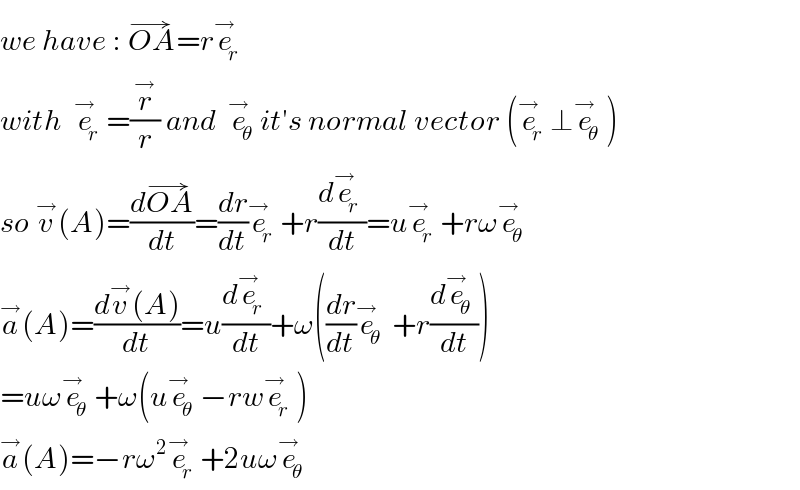
Question and Answers Forum
Question Number 24526 by ajfour last updated on 20/Nov/17

Commented by ajfour last updated on 20/Nov/17

Answered by ajfour last updated on 20/Nov/17

Answered by sma3l2996 last updated on 20/Nov/17

Commented by ajfour last updated on 20/Nov/17

